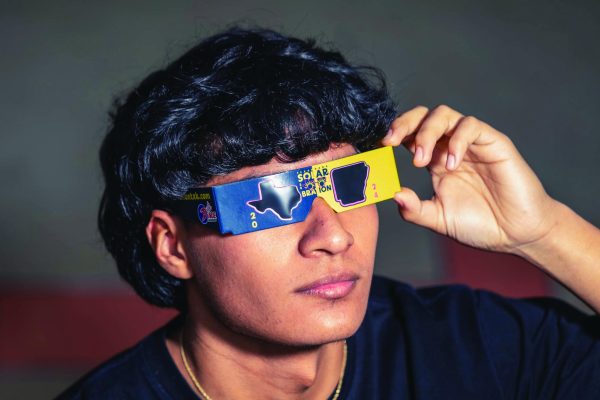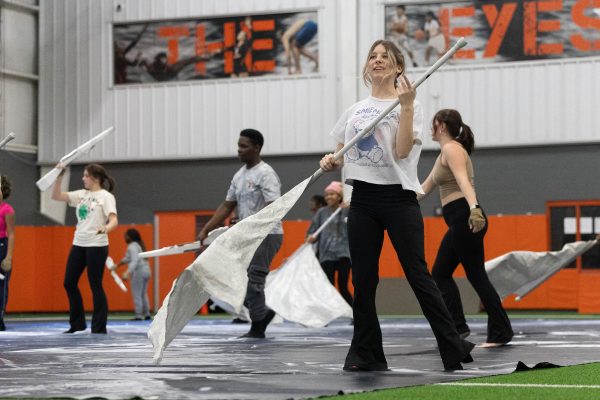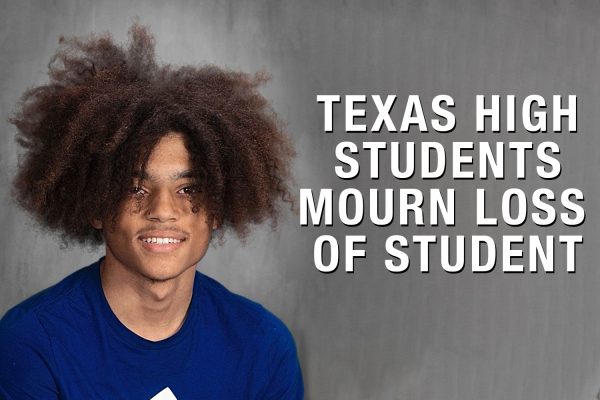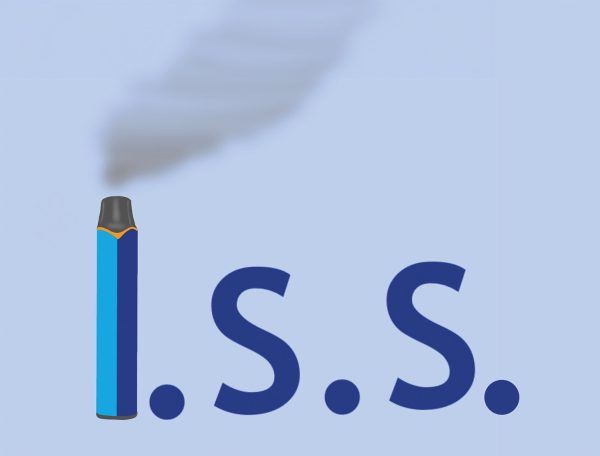Programming the future
Teacher awarded $90,000 grant for video game design class
Mr. Onare wrote the grant so his students would have more to work with. The grant provides $90,000 worth of programming software.
November 29, 2016
In recent years, new software has taken gaming to a whole new level. Video game design teacher Abraham Onare knew that his class needed a leg up in order to prepare his students for careers in game development, so he wrote a grant for Unity 3D design technology. The grant provides $125 for each of the 60 computers each month, for a total of $90,000. It can be renewed next year, and doesn’t have to be repaid.
“We have students who need more,” Onare said. “We have some very smart students. So I looked for what can we do to help these students. So I discovered Unity. I’ve used Unity before, but when I used it, I paid for it. So I was just looking for grants, and I spoke with the business manager at Unity, and he said, ‘you can have a grant if you can write.’ So I thought, oh, okay, sounds interesting. I just put things together, and we got the grant.”
Unity 3D, a branch of Unity Technologies, is a worldwide game development system that allows developers to create their own games with user-friendly, interactive tools. When a game is finished, it can be published to 27 different platforms ranging from The App Store to Facebook Gameroom. In 2012, more than 1.3 million independent developers were using Unity Technologies, which has published games such Temple Run and Angry Birds.
“We haven’t worked on the game itself so far; we have to learn how what we’re using works,” senior Taylor Russell said. “I’ve always had a liking for 2D games, and I am hoping to finish something like a pixelated game or a pixel-style game. Unity has made a lot of good games, and compared to other game designing softwares, it’s a lot easier. It’s more simple and easier to catch onto.”
Onare hopes that with the new technology, his students will be able to design their own games and make them available to the public.
“At the end of the second semester, once some of the students have their own games designed, I want the game they designed themselves to be on the Google Apps store,” Onare said. “I want to be able to play it on Android, to be able to play it on Blackberry, to be able to play it on almost all devices.”
Onare initially had problems coordinating with the IT department, and it took a while for the new software to be made functional.
“The way I see things, when something new is coming in, when you’re bringing in a new idea, people want to evade things to be sure you know what you’re doing,” Onare said. “It took a while for us to get on the same page with the technology people. But now I’m fine.”
Because the class has never had this kind of software, the students are still learning how to use it.
“I’ve learned a lot of different things related to object-oriented programming,” junior Evan Carr said. “There’s a lot of stuff that’s all new. I’ve only messed with regular software design, things like calculators and stuff. Game design is definitely new, and Unity definitely helps. It’s really nice.”





















